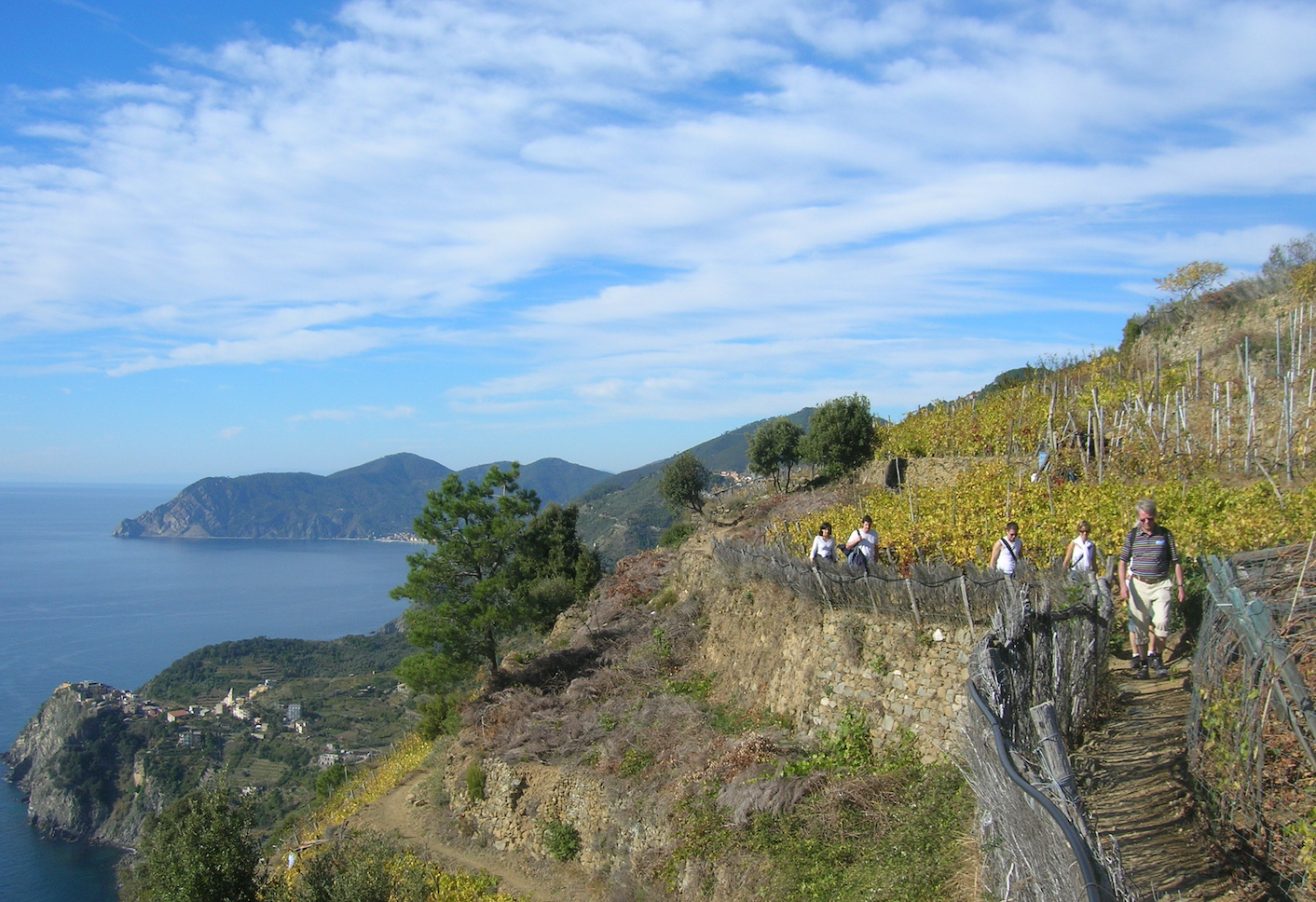#Dolomites2040: a participatory approach to contribute to the site’s Overall Management Strategy
Building capacities of mountain hut owners and managers
Quality production: connecting food production with mountain huts
Awareness raising through the experience of local people and communities
Museum network and cultural itineraries
